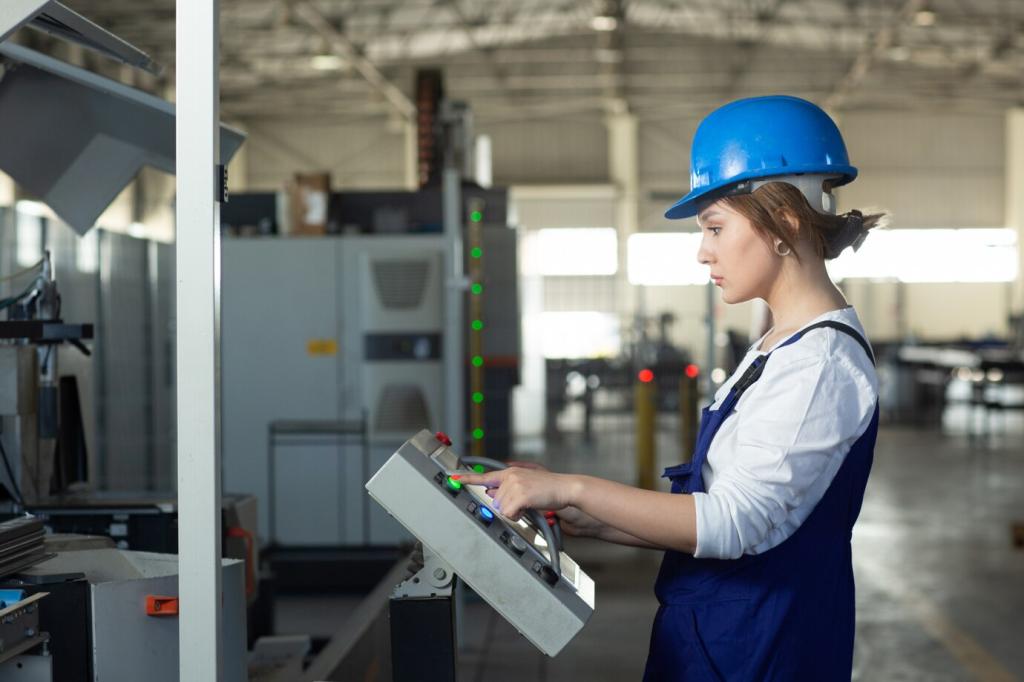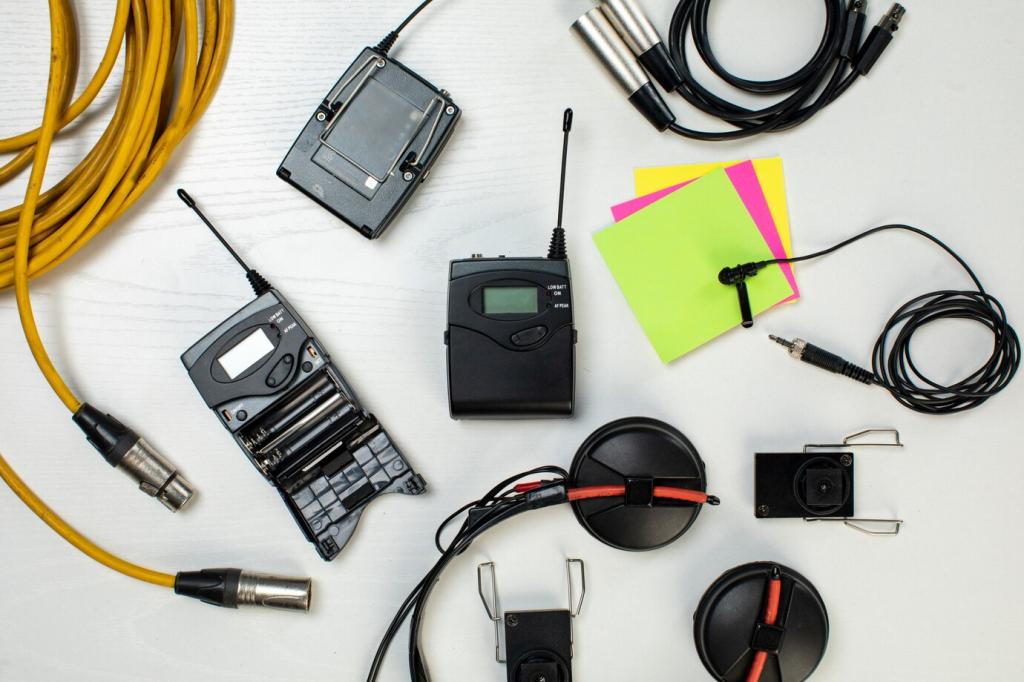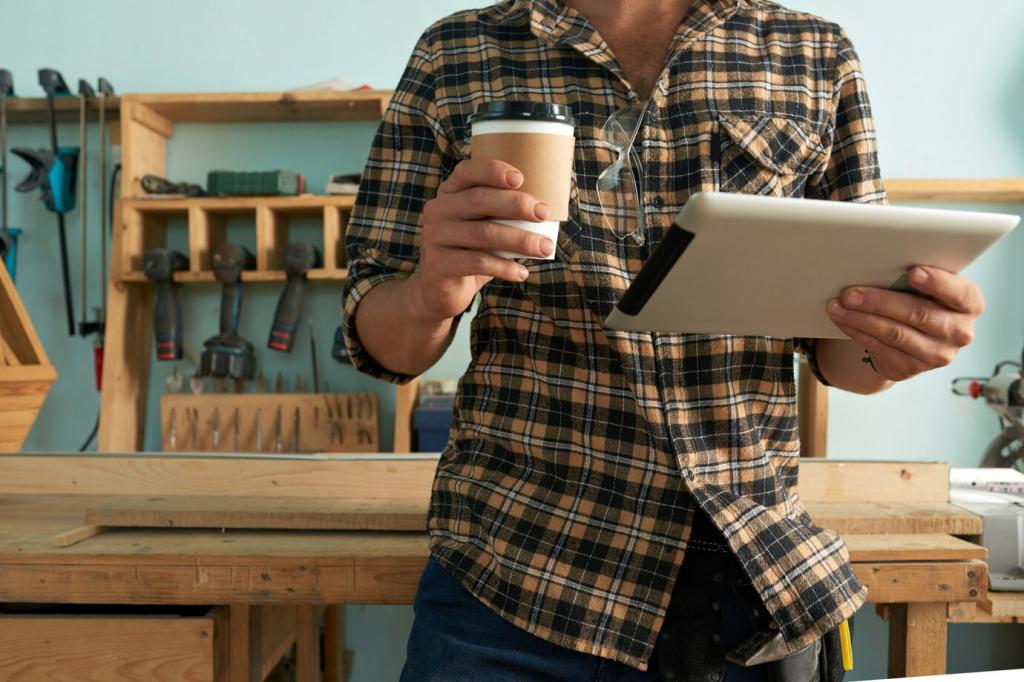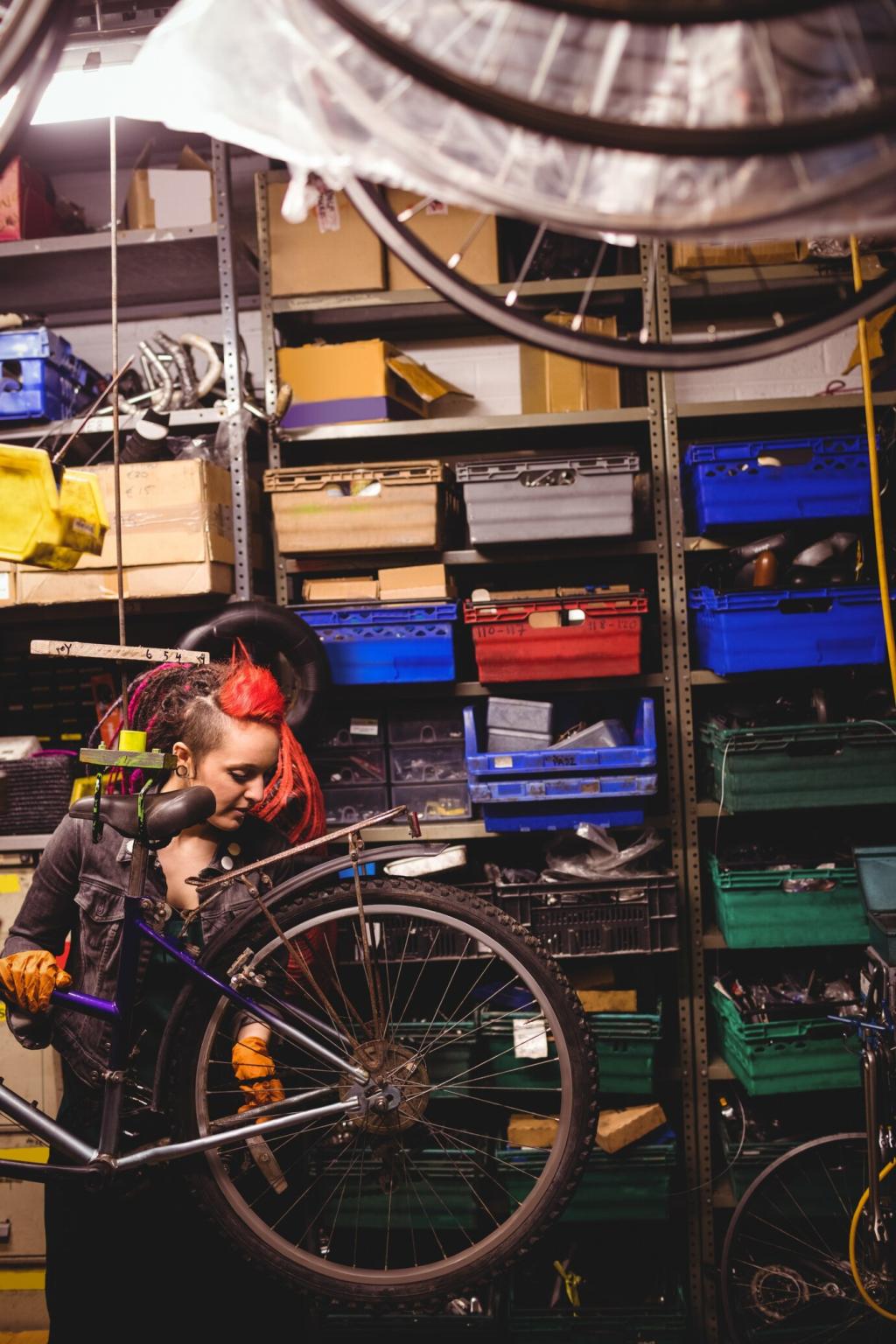Selecting Essential Home Gym Machines
Designing a home gym is a rewarding investment in your health and well-being. However, with countless exercise machines on the market, it can be overwhelming to determine which ones are essential for building a versatile, effective home workout space. This guide offers expert advice to help you navigate your options, ensuring that your home gym is equipped with machines that fit your goals, space, and budget.

Evaluating Your Fitness Goals
01
Defining Personal Objectives
Every individual brings unique fitness goals to the table, whether it’s weight loss, muscle building, endurance improvement, or general health maintenance. Clearly articulating your main objectives helps eliminate unnecessary equipment and lets you focus only on machines that will truly make a difference. Physical limitations or pre-existing conditions should also play a role in this assessment.
02
Matching Machines to Goals
Once your goals are set, it’s important to align them with the right machines. For instance, those prioritizing cardiovascular health may benefit from treadmills or stationary bikes, while strength enthusiasts might prefer power racks or cable machines. This step requires honest evaluation of both your needs and your preferences, considering versatility, progression, and motivation.
03
Progression and Adaptability
As you progress, your fitness needs will change. When selecting machines, think ahead to compatibility with incremental upgrades or attachments that allow for increased resistance or new exercise movements. Choosing adaptable, multi-functional equipment ensures your gym stays relevant as your abilities and interests evolve.
Space and Layout Considerations
Measuring Available Room
Start by accurately measuring your intended gym space, taking into account ceiling height, doorway dimensions, and any potential obstructions. Remember that some machines have large footprints or require extra clearance for moving parts. Careful measurements prevent frustrations and costly returns down the line.
Mapping Effective Layouts
An effective gym layout balances accessibility, safety, and the orderly arrangement of machines. Consider traffic flow, spacing between equipment, and proximity to outlets for powered devices. Leave ample space for movement around machines to reduce the risk of accidents and support multi-joint exercises.
Prioritizing Multi-Use Equipment
In compact spaces, it’s wise to prioritize multi-use machines that deliver maximum functionality per square foot. Cable trainers, adjustable benches, and compact cardio units are excellent examples. These options allow you to perform a variety of exercises without crowding your gym, preserving both versatility and comfort.
Cardiovascular Machine Essentials
Treadmills and Alternatives
A treadmill is a classic choice for indoor running and walking, equipped with features for speed and incline adjustments. However, alternatives such as rowing machines or elliptical trainers can also provide low-impact, full-body cardio workouts. Choosing the right cardio machine depends on your preferred activities and any joint or mobility concerns.
Space-Saving Cardio Solutions
Not everyone has room for a full-sized treadmill or elliptical. Compact stationary bikes, foldable treadmills, and under-desk pedaling machines offer effective cardio in smaller spaces. Look for models that are easy to store or transport, ensuring that you can maintain cardio routines even without a dedicated gym room.
Technology and Motivation
Modern cardio machines include interactive displays, integrated workout programs, and connectivity with fitness apps. These features help track your progress, offer virtual coaching, and keep workouts engaging. Investing in machines with motivational technology can be a worthwhile incentive to stick with consistent cardio training.
Strength Training Machines
Multi-Gyms and Home Stations
Multi-gyms, also known as all-in-one home stations, combine several strength-training exercises in one compact machine. These versatile systems typically include press arms, leg developers, lat pulldowns, and cable systems, allowing full-body workouts without needing multiple pieces of equipment. Selecting a robust multi-gym system maximizes both space and exercise variety.

Flexibility and Recovery Tools

Stretching Stations and Mats
Dedicated stretching stations, wall bars, or even simple padded gym mats create a space for static and dynamic stretching. These tools promote flexibility, joint health, and aid in post-workout muscle relaxation. Investing in a quality mat or station encourages regular stretching as part of your routine.

Foam Rollers and Massage Tools
Myofascial release is crucial for muscle recovery, and foam rollers or automated massage devices can make a significant difference for home gym users. Machines that offer gentle vibration or targeted pressure help alleviate sore muscles, reduce tension, and increase blood flow, complementing both cardio and resistance training.

Inversion and Mobility Devices
Inversion tables and mobility machines support spinal decompression and enhance circulation. These devices can provide relief for those who struggle with back pain or limited flexibility, ensuring that your gym caters not just to strenuous activity, but also to recovery and long-term mobility.
Safety and Durability Concerns
The robust construction of a machine significantly influences its lifespan and safety. Examine the frame’s material, welds, and stability under load, ensuring it can withstand regular usage and your specific weight requirements. High-quality, commercial-grade steel frames offer the utmost reliability.

Previous
Next
